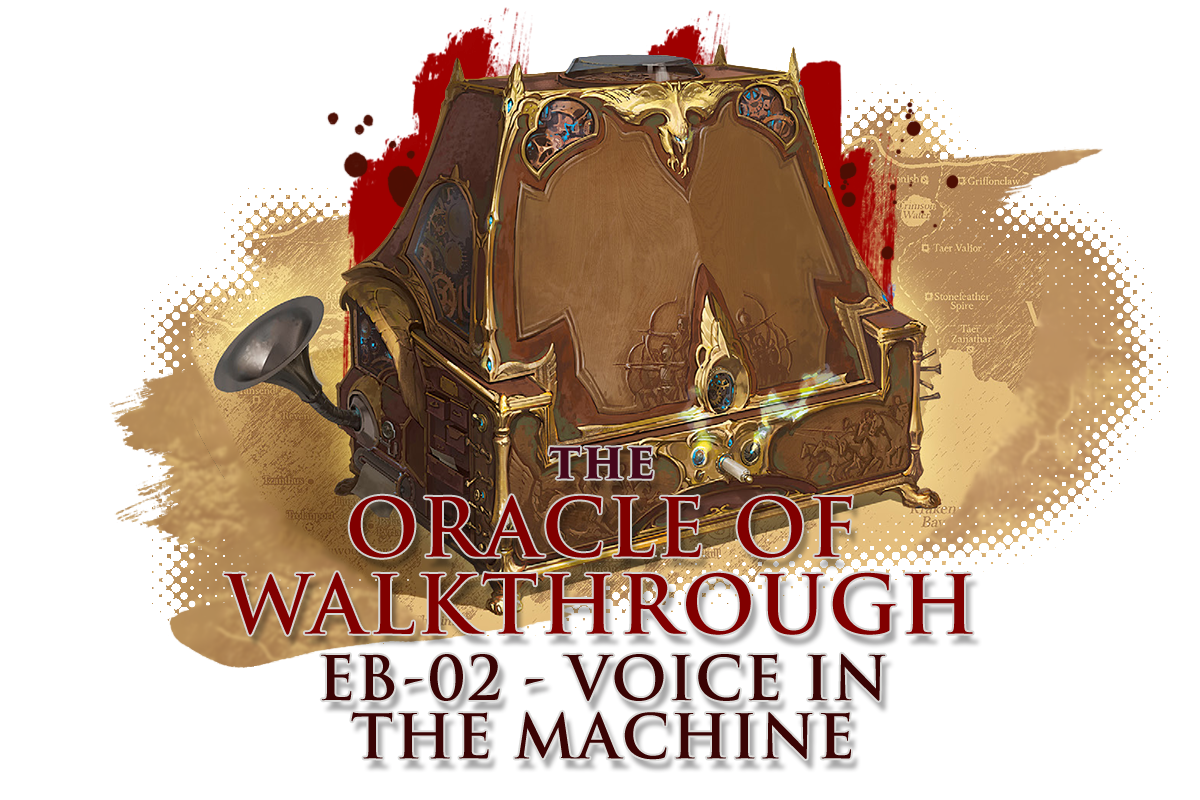Running EB-02: Voice in the Machine
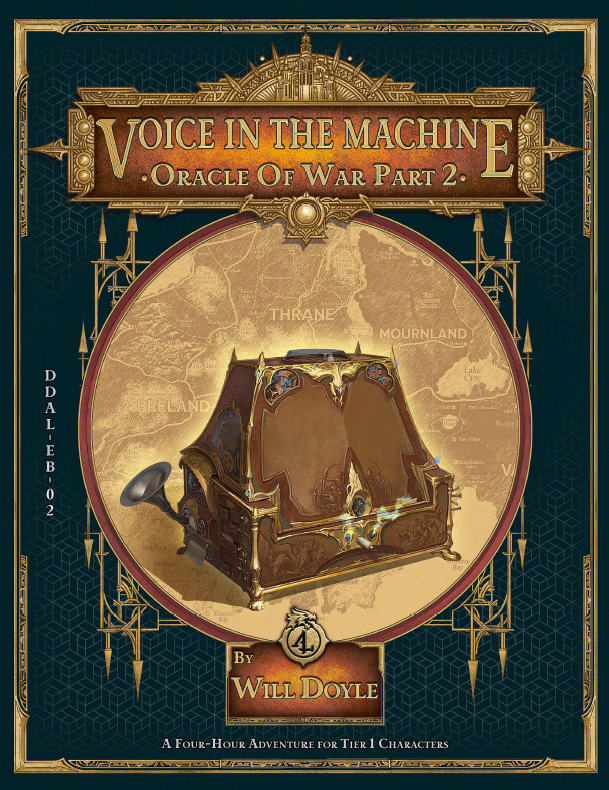
Compared to The Night Land, this module will throw your characters directly into the action on the trail of the Gray Dogs. The module is mostly exploration and combat with a good bit of open-ended puzzle solving as your group tries to get the titular Oracle to work.
One thing that I did forget to touch on previously was that these modules usually include a newspaper or article that helps to set up some hooks and fluff . I enjoy providing these to my players as these they usually discuss the events of the previous module as well as foreshadow the events of the present and next modules. Letting your players read these articles ahead of time will provide some context for their objectives as well as provide a source of in-character knowledge.
As usual, I will be listing what I feel to be the “essential” lore that you should elicit to your players in the context of Voice in the Machine. Fortunately, the module is mostly exploration lets them naturally encounter bits of the setting. The following points should be covered in some capacity, namely:
- The everyday nature of magic;
- House Cannith, Sivis and Kundarak; and
- The Blades.
Once again, even if you’re just skimming, you should read the parts in bold for the main points.
The Everyday Nature of Magic
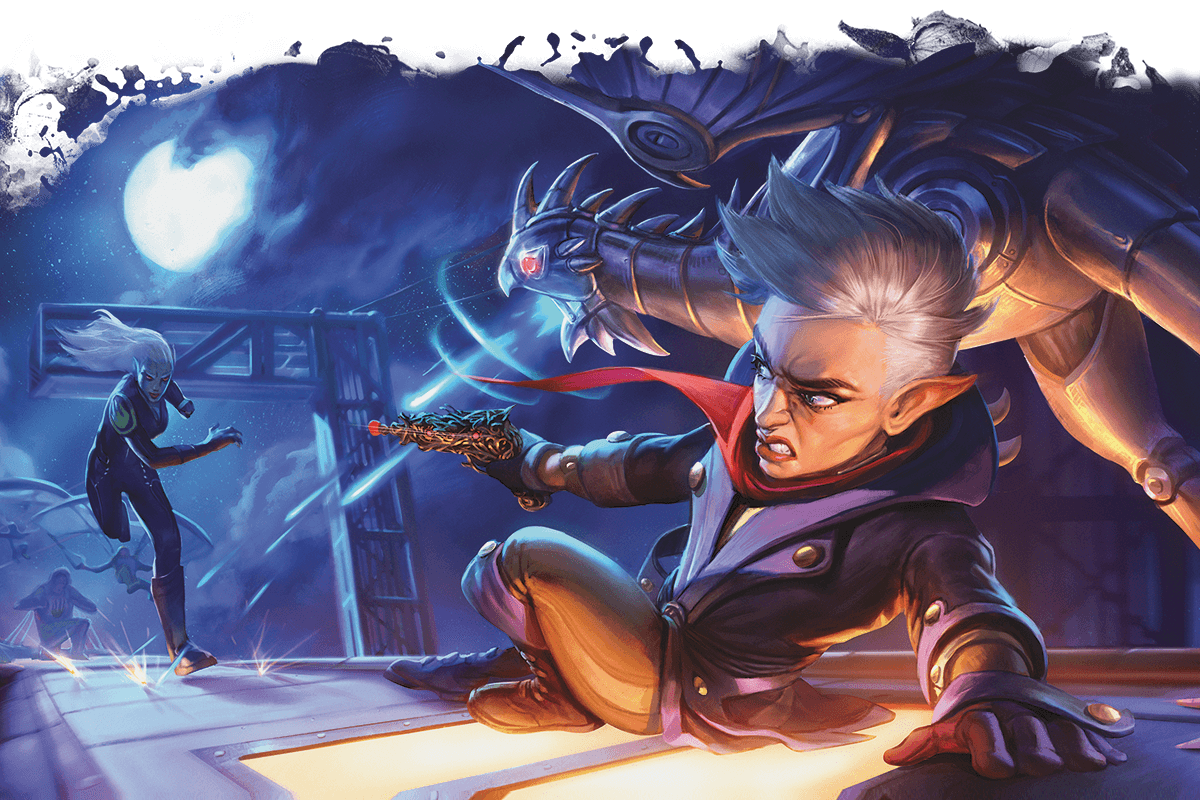
The widespread use of everyday magic continues to be a defining feature of Eberron. The world is in a state of “magical” industrial revolution. Artificers and magewrights are commonplace enough that low level magical inventions are part and parcel of cities everywhere.
Voice in the Machine highlights this when the players are exploring Kalazart. They will encounter animated janitorial brooms as well as the automated salesperson in the clothing store. They will also find magical adverts and projections while exploring around the Hall of Illusions. Let the players know that this level of magical-technology is quite usual.
The development of everyday magic is due to the production capabilities of House Cannith. If the players see House Cannith’s seal on the maintenance crew’s steel door, they would likely be aware in-character that a significant portion of everyday magical objects and devices are produced by House Cannith. House Cannith control the means of production through their dragonmark, the Mark of Making, which gives them a monopoly over the enchantment and crafting of magic items.
The Oracle of War is one such technomagical devices that is, while extraordinary, not so far-fetched in the context of Eberron.
House Cannith, Sivis and Kundarak
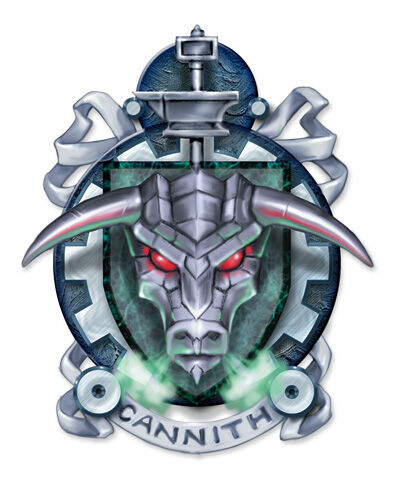
While exploring Kalazart, the players are likely to come across the seals of House Cannith (area 3) , Sivis (area 11) and Kundarak (area 12). While these are done in passing, players may be interested to know the context and meaning behind the seals. Characters would be generally aware of the existence of these Houses and of the following information:
House Cannith: Represented by the seal of the Gorgon. One of the oldest Houses, this human bloodline possesses the Mark of Making which has allowed them widespread control of the manufacturing industry as well as pushing technomagical advancements. Their major achievement was the development of the warforged as soldiers during the Last War.
House Sivis: Represented by the seal of the Cockatrice. The gnomes of House Sivis possess the Mark of Scribing which grants them powers over messaging, communication and understanding spoken and written words. The message station in Kalazart would have provided communication services back in the day.
House Kundarak: Represented by the seal of the Manticore. House Kundarak is a dwarven clan from the Mror Holds that possess the Mark of Warding which grants them unparalleled skill in developing magical security and wards. House Kundarak controls the banking and financial services in Khorvaire and is as a result one of the wealthiest Houses.
The information should provide your players with a rough idea what the seals mean as well as hinting at the significance of the Houses in the setting.
The Blades
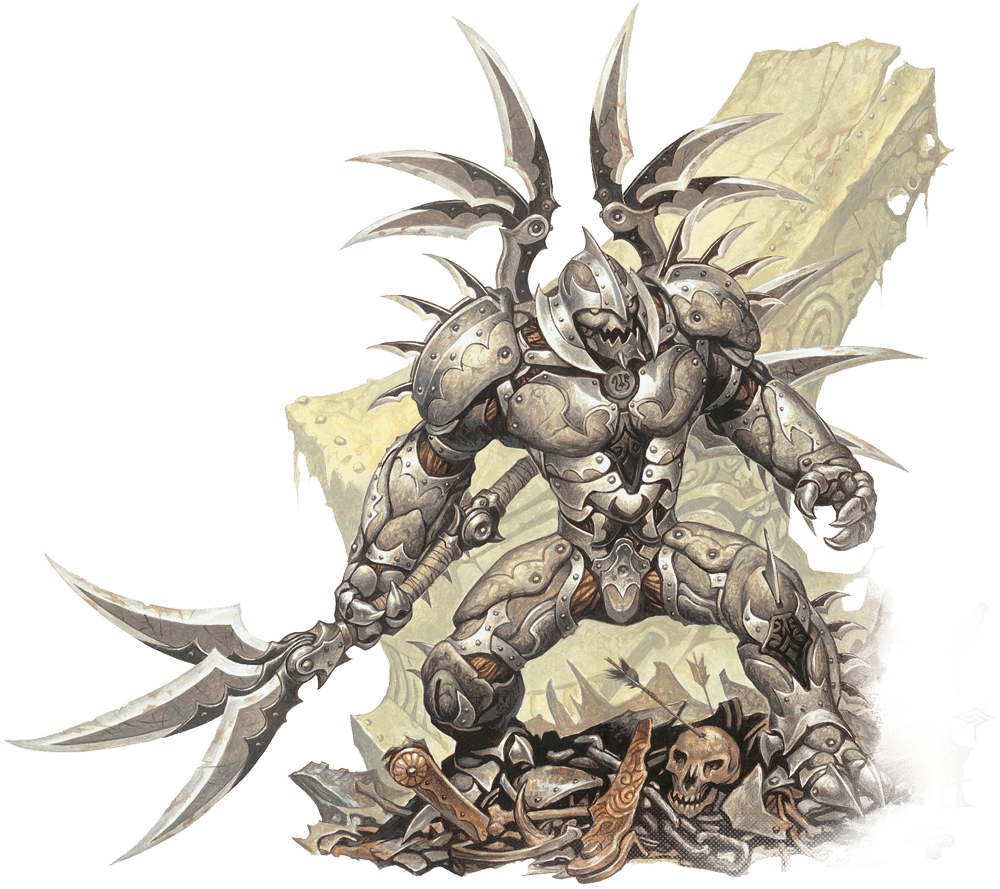
The players will inevitably encounter the Blades in the midst of exploring Kalazart and come into conflict with them. While the module does not provide much context for the Blades, the Blades are a recurring enemy group that players will encounter later in the OoW storyline and it would be useful to set up their beliefs and behaviour for later modules.
As noted in the module, the Blades are led by the Lord of Blades. However this is not immediately obvious in the context of the module. Players may have heard rumours of the mysterious Lord of Blades but there is no true confirmation as to his nature or purpose.
The Blades are militaristic and fiercely loyal to the Lord of Blades. They hold a grudge against the flesh races for exploiting the warforged during the Last War and seek to establish their own nation from the confines of the Mournland. The Blades’ hatred for non-warforged can be shown through their dialogue and actions, while they might seek to convert warforged in the party to their cause.
Conclusion
Compared to The Night Land, this module’s lore is significantly more subtle and defers more to action and exploration. The objective here is jumping straight into the OoW campaign proper and kickstart the storyline where the players try to discover the true nature of this literal deus ex machina.
I appreciate all comments questions regarding the series, especially if you guys think I should discuss more than just the lore and setting of the OoW campaign.
DDAL-EB-02, Voice in the Machine, is purchasable here at DM’s Guild.
Share this:
- Click to share on Facebook (Opens in new window) Facebook
- Click to share on X (Opens in new window) X
- More
- Click to share on Telegram (Opens in new window) Telegram
- Click to print (Opens in new window) Print
- Click to share on LinkedIn (Opens in new window) LinkedIn
- Click to share on Reddit (Opens in new window) Reddit
- Click to share on Tumblr (Opens in new window) Tumblr
- Click to share on Pinterest (Opens in new window) Pinterest
- Click to share on Pocket (Opens in new window) Pocket
- Click to share on WhatsApp (Opens in new window) WhatsApp

